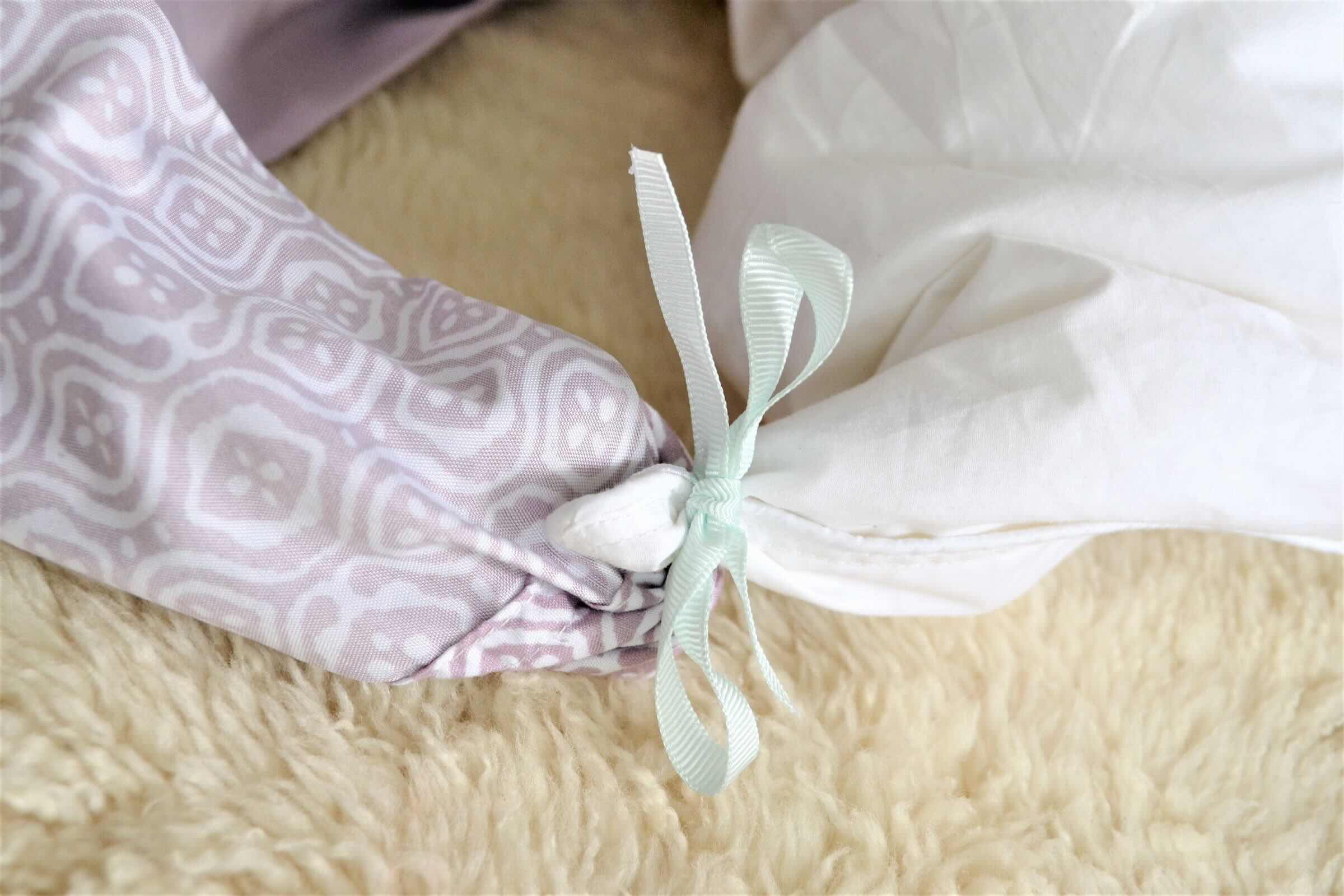

Articles
What Are The Ties Inside A Duvet Cover For
Modified: February 24, 2024
Discover the purpose and importance of the ties inside a duvet cover for articles. Find out how these ties keep your duvet in place for a comfortable and neat bedding experience.
(Many of the links in this article redirect to a specific reviewed product. Your purchase of these products through affiliate links helps to generate commission for Storables.com, at no extra cost. Learn more)
Introduction
When it comes to bedding, a duvet cover plays a vital role in both functionality and aesthetics. One important feature that can often be found inside a duvet cover is a set of ties. These ties may seem like a simple addition, but they serve a significant purpose in ensuring the duvet remains in place and providing an improved overall sleeping experience.
The ties inside a duvet cover are strategically placed to help secure the duvet insert in place and prevent shifting during sleep. They are typically located at the corners or edges of the duvet cover and may be made from various materials such as fabric, ribbon, or even buttons. While their primary function is to keep the duvet insert in place, they also add a decorative element to the duvet cover, enhancing the overall aesthetic appeal of the bed.
Whether you’re familiar with duvet covers or just discovering them for the first time, understanding the purpose and benefits of these ties is essential. In this article, we’ll explore in detail why duvet cover ties are necessary, the functional benefits they provide, the different types of ties available, and how to properly utilize and care for them.
So, let’s dive in and explore the world of duvet cover ties!
Key Takeaways:
- Duvet cover ties serve a crucial role in preventing shifting and bunching of the duvet insert, ensuring a consistently cozy and undisturbed sleep experience. They also contribute to the longevity of the duvet by maintaining its shape and evenly distributing the filling.
- Whether fabric, ribbon, or buttonhole, duvet cover ties not only provide functional benefits but also add a touch of style and elegance to the bedroom decor. Their proper placement and maintenance are essential for ensuring a balanced distribution of warmth and comfort.
Read more: What To Put Inside A Duvet Cover
Purpose of Duvet Cover Ties
The purpose of duvet cover ties is to keep the duvet insert securely in place inside the duvet cover. Without these ties, the duvet insert can easily shift and bunch up, resulting in an uncomfortable sleep experience.
One of the main advantages of using duvet cover ties is that they help eliminate the need for constant readjustment of the duvet insert. As you move around during the night or while making the bed, the duvet can easily shift and become unevenly distributed inside the cover. The ties act as anchor points, preventing the duvet insert from migrating towards one side or bunching up in the middle.
Additionally, duvet cover ties help to maintain the overall shape and appearance of the duvet. When the duvet insert stays in place, it ensures that the filling is evenly distributed. This prevents the filling from clumping in certain areas and helps the duvet to maintain its fluffiness and loft.
Furthermore, the ties inside a duvet cover play a crucial role in protecting the duvet insert. By keeping it in place, the duvet insert is less likely to get tangled or twisted inside the cover. This helps to reduce wear and tear on the duvet, extending its lifespan.
Overall, the purpose of duvet cover ties is to provide stability, comfort, and protection. They are designed to ensure that the duvet insert remains in the proper place, offering a consistent and enjoyable sleeping experience.
Functional Benefits of Duvet Cover Ties
Duvet cover ties offer several functional benefits that contribute to a better sleep experience and ease of use. Here are some of the key advantages:
- Preventing Duvet Shifting: One of the primary benefits of duvet cover ties is their ability to keep the duvet insert in place. When the duvet insert shifts within the cover, it can create uneven distribution of warmth and result in discomfort during sleep. The ties act as anchors, preventing the duvet insert from moving around and ensuring a consistently cozy and comfortable sleeping environment.
- Securing the Duvet Insert in Place: Duvet cover ties help secure the duvet insert inside the cover, preventing it from slipping out. This is particularly useful for those who prefer to use their duvet covers without a top sheet. The ties keep the duvet insert in place, allowing you to easily wrap yourself in warmth and eliminating the hassle of readjusting the duvet each time you get in and out of bed.
- Reducing Maintenance: With duvet cover ties, you spend less time and effort maintaining your bedding. The ties ensure that the duvet insert stays in place and doesn’t shift during sleep, meaning you don’t have to constantly readjust the duvet cover. This makes making the bed and fluffing the duvet a quick and hassle-free task.
- Longevity of the Duvet: The ties inside a duvet cover help to prolong the lifespan of the duvet. By preventing the duvet insert from shifting and bunching up, the ties reduce the risk of uneven wear and tear. This ensures that the duvet maintains its original shape and quality, allowing you to enjoy its warmth and comfort for an extended period.
Overall, the functional benefits of duvet cover ties contribute to a better sleep experience, easier maintenance, and increased durability of the duvet. They provide stability, comfort, and convenience to enhance your bedding setup.
Preventing Duvet Shifting with Ties
One of the main purposes of duvet cover ties is to prevent the duvet insert from shifting and bunching up inside the cover. When the duvet shifts during sleep, it can result in uneven distribution of warmth, discomfort, and a less than desirable sleep experience. The ties help to keep the duvet in place, ensuring a consistently comfortable and well-covered bed.
By securing the corners or edges of the duvet insert to the corresponding points on the duvet cover, the ties create anchor points that keep the duvet in position. This prevents it from sliding to one side or gathering in the middle of the cover, ensuring that you can sleep undisturbed with the duvet staying in its rightful place.
Whether you toss and turn throughout the night or simply want a neat and tidy bed, duvet cover ties play a crucial role in maintaining the smooth and even appearance of the duvet. With the ties securely fastened, the duvet has less room to move, resulting in a more visually appealing bed with a well-kept and professional look. No more waking up to find a lopsided or bunched-up duvet; the ties help to maintain the desired aesthetic appeal.
Furthermore, preventing duvet shifting with ties also helps to keep the duvet insert properly aligned with the cover. This ensures that the duvet doesn’t end up too far inside one side of the cover or too close to the edge. By keeping the duvet insert centered, the ties help to maintain a balanced distribution of warmth, allowing for an optimal sleeping experience.
Overall, the ties inside a duvet cover serve as a practical solution to prevent duvet shifting. They secure the duvet in place, ensuring it stays in the right position, maintaining a visually appealing bed, and providing a comfortable and undisturbed sleep environment.
Securing the Duvet Insert in Place
One of the primary functions of duvet cover ties is to secure the duvet insert in place inside the duvet cover. This ensures that the duvet insert remains flat, evenly distributed, and properly aligned within the cover. Securing the duvet insert offers several benefits and improves the overall sleeping experience.
When the duvet insert is securely fastened with the duvet cover ties, it eliminates the need for constant readjustment. This means that you don’t have to worry about the duvet insert shifting or bunching up during sleep, which can lead to discomfort and disturbed sleep. Instead, the ties keep the duvet insert in place, providing a stable and consistent bedding experience.
Securing the duvet insert also helps to maintain the overall shape and appearance of the duvet. When the duvet insert stays flat and evenly distributed, it prevents the filling from clumping in certain areas, avoiding uneven warmth and lumps. This ensures that the duvet maintains its fluffiness and loft, providing a cozy and comfortable sleep environment.
Furthermore, a properly secured duvet insert reduces the risk of the filling shifting and causing bunching. Bunching can create uneven weight distribution and discomfort, requiring frequent readjustment of the duvet cover. The ties prevent the duvet insert from moving around and bunching up, ensuring a smooth and seamless sleeping surface.
In addition to these functional benefits, securing the duvet insert with ties also helps to protect the duvet from wear and tear. When the duvet insert is loose within the cover, it can become tangled or twisted, leading to fabric stress and potential damage. The ties keep the duvet insert securely in place, reducing the likelihood of such issues and prolonging the lifespan of the duvet.
Overall, using duvet cover ties to secure the duvet insert in place ensures a stable, even, and comfortable sleep experience. It minimizes the need for adjustments and preserves the quality and longevity of the duvet, allowing you to enjoy cozy and uninterrupted nights of sleep.
Read more: How To Put A Duvet Cover On With Ties
Enhanced Aesthetic Appeal of Duvet Cover Ties
While the primary function of duvet cover ties is to secure the duvet insert in place, they also add a touch of aesthetic appeal to the overall look of the bed. Duvet cover ties can contribute to the visual interest and cohesion of the bedding ensemble, enhancing the overall aesthetic appeal of the bedroom decor.
One way that duvet cover ties enhance the aesthetic appeal is through the use of different materials. Ties can be made from various fabrics, ribbons, or even buttons, allowing for a range of decorative options. By selecting ties that complement the duvet cover design or coordinate with the overall color scheme of the room, they can become an attractive visual element that adds a personalized and stylish touch to the bedding.
Moreover, the presence of duvet cover ties can create a sense of organization and orderliness in the bedroom. When the ties are neatly and securely fastened, they contribute to a well-made and put-together bed. This can create a visually pleasing and inviting space, conveying a sense of attention to detail and tidiness.
Duvet cover ties can also serve as a focal point or accent in the bedroom. They draw the eye and can become prominent elements, especially if they are designed to stand out or feature unique patterns or textures. This can add visual interest and create a visually appealing focal point in the room.
In addition, the presence of duvet cover ties adds depth and dimension to the bedding. They create a layered effect, especially when combined with pillows and other decorative elements. This layering adds visual texture and richness to the overall aesthetic, making the bed appear more inviting and luxurious.
Furthermore, the use of duvet cover ties allows for customization and versatility. They can be tied in different patterns or styles, giving you the opportunity to experiment with different looks and arrangements. This versatility allows you to change the appearance of the bed and refresh the bedroom decor without investing in new bedding.
Overall, duvet cover ties not only serve a functional purpose but also contribute to the enhanced aesthetic appeal of the bed. They provide an opportunity to add personal style, organization, focal points, and visual texture to the bedding, making the bedroom a more visually appealing and inviting space.
Types of Ties Used Inside Duvet Covers
Duvet covers are often equipped with various types of ties that serve the purpose of securing the duvet insert in place. These ties may differ in material, shape, and placement, offering different options for fastening the duvet cover. Here are the most common types of ties used inside duvet covers:
- Fabric Ties: Fabric ties are commonly used inside duvet covers. They are typically made from the same material as the duvet cover itself, ensuring a seamless and cohesive look. Fabric ties are versatile and durable, allowing for secure fastening of the duvet insert. They are usually positioned at the corners or edges of the duvet cover, providing stability and preventing the duvet from shifting.
- Ribbon Ties: Ribbon ties are another popular choice for securing duvet inserts. They add a decorative touch to the duvet cover while offering practical functionality. Ribbon ties can be made from various materials such as satin, grosgrain, or silk. They are often positioned at the corners of the duvet cover and can be tied in a bow or a knot to secure the duvet insert. Ribbon ties provide a visually appealing detail and can be easily customized to match the desired aesthetic of the bedding ensemble.
- Buttonhole Ties: Some duvet covers feature buttonhole ties, which are small slits or openings designed to accommodate buttons or other fasteners. These buttonhole ties are strategically placed along the edges of the duvet cover, allowing for easy fastening and adjusting of the duvet insert. Buttonhole ties offer a secure closure and add a subtle detail to the duvet cover. They work well with duvet covers that have button closures or require button fastening.
The choice of tie types ultimately depends on personal preference and the overall design of the duvet cover. Each type of tie offers its own unique style and functionality, allowing for versatility in securing the duvet insert.
It’s important to note that regardless of the type of tie used, proper placement is crucial for effective and secure fastening. Ties should be positioned at the corners or edges of the duvet cover to ensure stability and prevent the duvet from shifting.
Now that you’re familiar with the various types of ties used inside duvet covers, you can choose the option that best suits your style and preferences. Whether it’s fabric ties, ribbon ties, or buttonhole ties, these ties play a critical role in keeping your duvet insert securely in place, enhancing both the functionality and aesthetic appeal of your bedding.
The ties inside a duvet cover are meant to secure the duvet in place and prevent it from shifting or bunching up inside the cover. When inserting the duvet, be sure to tie the corners of the duvet to the corresponding ties inside the cover to keep it in place.
Fabric Ties
Fabric ties are a common type of tie used inside duvet covers to secure the duvet insert in place. These ties are typically made from the same material as the duvet cover itself, ensuring a seamless and cohesive look. They offer both functional and aesthetic benefits, making them a popular choice among duvet cover manufacturers and users.
Fabric ties are known for their versatility and durability. They provide a reliable method of fastening the duvet insert, keeping it securely in place. The ties are usually positioned at the corners or edges of the duvet cover, allowing for easy tying and adjusting. By securing the duvet insert at multiple points, fabric ties help prevent shifting and keep the duvet evenly distributed within the cover, ensuring a comfortable sleep experience.
The use of fabric ties also contributes to the overall aesthetic appeal of the duvet cover. By using ties made from the same fabric, the ties blend seamlessly with the cover, creating a cohesive and polished appearance. This ensures that the ties do not stand out or distract from the overall design or pattern of the duvet cover. Fabric ties provide a subtle detail that enhances the overall look of the bedding ensemble.
One of the advantages of fabric ties is their durability. Made from the same material as the duvet cover, they are designed to withstand regular use and washing. They provide a long-lasting solution for securing the duvet insert, ensuring that the ties remain intact and functional over time.
Another benefit of fabric ties is their versatility in terms of style and customization. The material used for the ties can be chosen to match the duvet cover’s color or pattern, creating a coordinated and aesthetically pleasing look. Additionally, fabric ties can be easily replaced or added to a duvet cover, allowing for customization and personalization according to individual preferences.
When it comes to securing the duvet insert, fabric ties offer a reliable and visually pleasing solution. Their versatility, durability, and seamless integration with the duvet cover make them a popular choice among users. Whether you prefer a traditional or contemporary style, fabric ties provide the functionality and aesthetic enhancement needed to keep your duvet insert securely in place and transform your bedding into a cozy and stylish sanctuary.
Ribbon Ties
Ribbon ties are a delightful and decorative option for securing the duvet insert inside a duvet cover. These ties are made from various materials such as satin, grosgrain, or silk ribbons, adding a touch of elegance and charm to the overall look of the bedding. Ribbon ties offer both functional and aesthetic benefits, making them a popular choice among those looking to enhance the visual appeal of their duvet covers.
The use of ribbon ties provides a unique and personalized touch to the duvet cover. The wide variety of colors, patterns, and textures available in ribbon options allows for endless customization possibilities. With ribbon ties, you have the freedom to choose a ribbon that complements the design, color scheme, or theme of your bedroom decor, creating a truly distinctive and stylish bed.
In addition to their aesthetic appeal, ribbon ties are also functional. They serve the purpose of securely fastening the duvet insert in place, preventing it from shifting or bunching up during sleep. Ribbon ties are typically positioned at the corners of the duvet cover, allowing for easy tying and adjusting. By securing the corners of the duvet insert, ribbon ties ensure the duvet remains evenly distributed, providing a comfortable and cozy sleep surface.
Ribbon ties can be tied in various ways, such as a classic bow or knot, adding a beautiful detail to the duvet cover. The act of tying the ribbon can become a form of self-expression and creativity, allowing you to experiment with different styles and arrangements. Ribbon ties also provide versatility when it comes to adjusting the tightness or looseness of the duvet insert, offering customized comfort based on individual preferences.
Another advantage of ribbon ties is their softness and gentle touch. Unlike fabric or button ties, ribbons offer a delicate feel that adds a luxurious element to the duvet cover. The silky or textured nature of ribbon ties can create a tactile experience and enhance the overall sensory appeal of the bedding.
When it comes to choosing ribbon ties for your duvet cover, consider the width, length, and durability of the ribbon. Opt for ribbons that are wide enough to provide stability while tying securely. Additionally, ensure that the ribbons are of good quality and can withstand regular use and washing.
Ribbon ties are a beautiful and stylish option for securing the duvet insert inside a duvet cover. With their versatility, aesthetic appeal, and soft touch, ribbon ties can transform your bedding into a personalized and visually captivating haven, adding a touch of elegance and style to your bedroom decor.
Read more: How To Tie Duvet Cover With Loops
Buttonhole Ties
Buttonhole ties are a practical and functional option for securing the duvet insert inside a duvet cover. These ties feature small slits or openings, typically located along the edges of the duvet cover, which can accommodate buttons or other fasteners. Buttonhole ties offer several benefits and can add a unique detail to the overall design of the duvet cover.
One of the main advantages of buttonhole ties is their secure closure. By threading buttons through the buttonholes, the duvet insert is held firmly in place, preventing it from shifting or bunching up during sleep. The button and buttonhole combination ensures a snug and secure fit, keeping the duvet evenly distributed within the cover for a comfortable sleeping experience.
Buttonhole ties allow for easy adjustment and customization of the duvet insert. By unbuttoning the ties, you can easily remove or position the duvet insert as desired, making it convenient for cleaning or changing the duvet cover. The adjustable nature of buttonhole ties also allows for tailored comfort, allowing you to loosen or tighten the duvet insert based on personal preferences.
In addition to their functional benefits, buttonhole ties add a unique and decorative detail to the duvet cover. The buttons used with buttonhole ties can vary in shape, size, and design, adding an interesting visual element to the bedding ensemble. They can provide a subtle enhancement to the overall aesthetics of the duvet cover, making it more visually appealing.
Buttonhole ties offer versatility when it comes to the choice of buttons. Depending on the style and theme of the bedding, you can select buttons that complement or contrast with the duvet cover design. This customization allows you to personalize the look of the duvet cover and add a touch of individuality to your bedroom decor.
It’s important to note that the placement of buttonhole ties is crucial for optimal functionality. The buttonholes should be evenly distributed along the edges of the duvet cover, ensuring that the duvet insert remains securely fastened without any gaps or sagging.
When considering buttonhole ties for your duvet cover, make sure the buttonholes are well-constructed and durable to withstand repeated use and buttoning. Quality buttons and reinforced stitching around the buttonholes are essential for long-lasting performance.
Buttonhole ties provide a secure and adjustable method for fastening the duvet insert within the duvet cover. With their practicality and decorative appeal, these ties offer a functional and visually appealing solution that enhances the overall comfort and aesthetics of your bedding ensemble.
Placement of Ties Within a Duvet Cover
The placement of ties within a duvet cover is crucial for their effective functionality in securing the duvet insert in place. While the exact placement may vary depending on the design of the duvet cover, there are some general guidelines to consider for proper tie placement.
The most common placement for duvet cover ties is at the corners of the duvet cover. Typically, there are four ties, one at each corner, which allows for even distribution of tension and secure fastening. These corner ties are strategically positioned to ensure that the duvet insert remains in place without shifting during sleep.
When attaching the duvet insert to the duvet cover using the ties, start by aligning the corners of the duvet insert with the corners of the duvet cover. Then, fasten the ties securely around the corners of the duvet insert. This helps to anchor the duvet insert and prevent it from bunching up or sliding within the cover.
In some cases, additional ties may be present along the edges of the duvet cover. These ties provide extra support and stability, especially for larger duvet covers. The placement of these ties may vary, but they are typically positioned midway between the corners to ensure the duvet insert remains secure and evenly distributed throughout the cover.
It’s important to ensure that the ties are placed close enough to the edges of the duvet cover to provide sufficient tension. However, they should not be so close to the edge that they become difficult to access or potentially cause discomfort while sleeping. Achieving the right balance is essential for both functionality and comfort.
When tying the duvet cover ties, be sure to secure them tightly enough to hold the duvet insert in place, but not so tight that it restricts the fill of the duvet or leads to discomfort while sleeping. The ties should provide a firm hold while allowing for proper movement and distribution of the duvet insert within the cover.
Proper placement of the ties within a duvet cover is essential for ensuring a secure and evenly distributed duvet insert. By following these guidelines, you can create a well-kept and comfortable bedding ensemble that enhances your sleep experience.
Proper Usage and Maintenance of Duvet Cover Ties
Using and maintaining duvet cover ties properly is essential for ensuring their effectiveness and longevity. Here are some tips for the proper usage and maintenance of these ties:
1. Tie them securely: When attaching the duvet cover ties, make sure to tie them securely to ensure the duvet insert remains in place. Snugly fastening the ties will help prevent shifting and bunching of the duvet insert during sleep.
2. Avoid overtightening: While it’s important to tie the duvet cover ties securely, be mindful of not overtightening them. Overly tight ties can restrict the fill of the duvet, leading to discomfort and affecting the overall performance of the duvet.
3. Regularly check the ties: As part of your routine bedding maintenance, regularly check the condition and tightness of the duvet cover ties. Over time, ties may loosen or wear out, so it’s important to ensure they are still providing an optimal hold on the duvet insert.
4. Repair or replace damaged ties: If you notice any fraying, tearing, or damage to the duvet cover ties, it’s important to repair or replace them promptly. Damaged ties may not provide the necessary secure hold, compromising the functionality of the duvet cover.
5. Follow manufacturer’s care instructions: Different materials used for duvet cover ties may require specific care. Pay attention to the care instructions provided by the manufacturer to ensure you clean and maintain the ties properly. This may include hand-washing, machine-washing, or spot-cleaning, depending on the material.
6. Avoid excessive force: When untying or adjusting the duvet cover ties, refrain from using excessive force. Gently untie or loosen the ties to prevent any unnecessary strain or damage to the ties or the duvet cover itself.
7. Launder with care: If the duvet cover is machine-washable, take care to secure the ties before laundering. This will prevent the ties from tangling or getting damaged during the wash cycle. It’s recommended to follow the specific washing instructions provided by the manufacturer to maintain the quality and durability of the duvet cover ties.
By following these tips for the proper usage and maintenance of duvet cover ties, you can ensure their effectiveness and longevity. With proper care, the ties will continue to secure the duvet insert in place, providing a comfortable and well-maintained bedding ensemble.
Final Thoughts
Duvet cover ties are a simple yet essential feature that greatly enhances the functionality and visual appeal of a duvet cover. By securing the duvet insert in place, these ties prevent shifting, bunching, and discomfort during sleep, ensuring a consistently cozy and peaceful night’s rest.
The functional benefits of duvet cover ties go beyond just keeping the duvet insert in place. They contribute to the longevity of the duvet by preventing wear and tear, maintaining its shape, and evenly distributing the filling. Additionally, they offer the convenience of easier maintenance, saving time and effort when making the bed.
Furthermore, duvet cover ties add a touch of style and elegance to the overall bedroom decor. Whether they are fabric ties, ribbon ties, or buttonhole ties, these decorative elements can complement the design of the duvet cover, create visual interest, and showcase personal style. They become an integral part of the bedding ensemble, elevating the aesthetic appeal of the room.
Remember, the proper placement and usage of duvet cover ties is crucial to their effectiveness. Tying them securely but not overtightening ensures a balanced distribution of warmth and comfort. Regular maintenance, including checking the condition of the ties and following manufacturer’s care instructions, will help prolong their lifespan.
Overall, duvet cover ties offer both functional and aesthetic benefits. They enhance the overall sleeping experience, provide convenience, and contribute to the overall visual appeal of the bed. Whether you’re seeking stability, comfort, customization, or a stylish finishing touch, duvet cover ties are a small yet impactful detail that can make a big difference in your bedding ensemble.
So embrace the beauty and functionality of duvet cover ties and enjoy the many benefits they bring to your sleep and bedroom decor. With these ties securing your duvet insert, you can rest easy, knowing you have a bed that is not only comfortable but also visually captivating.
Frequently Asked Questions about What Are The Ties Inside A Duvet Cover For
Was this page helpful?
At Storables.com, we guarantee accurate and reliable information. Our content, validated by Expert Board Contributors, is crafted following stringent Editorial Policies. We're committed to providing you with well-researched, expert-backed insights for all your informational needs.
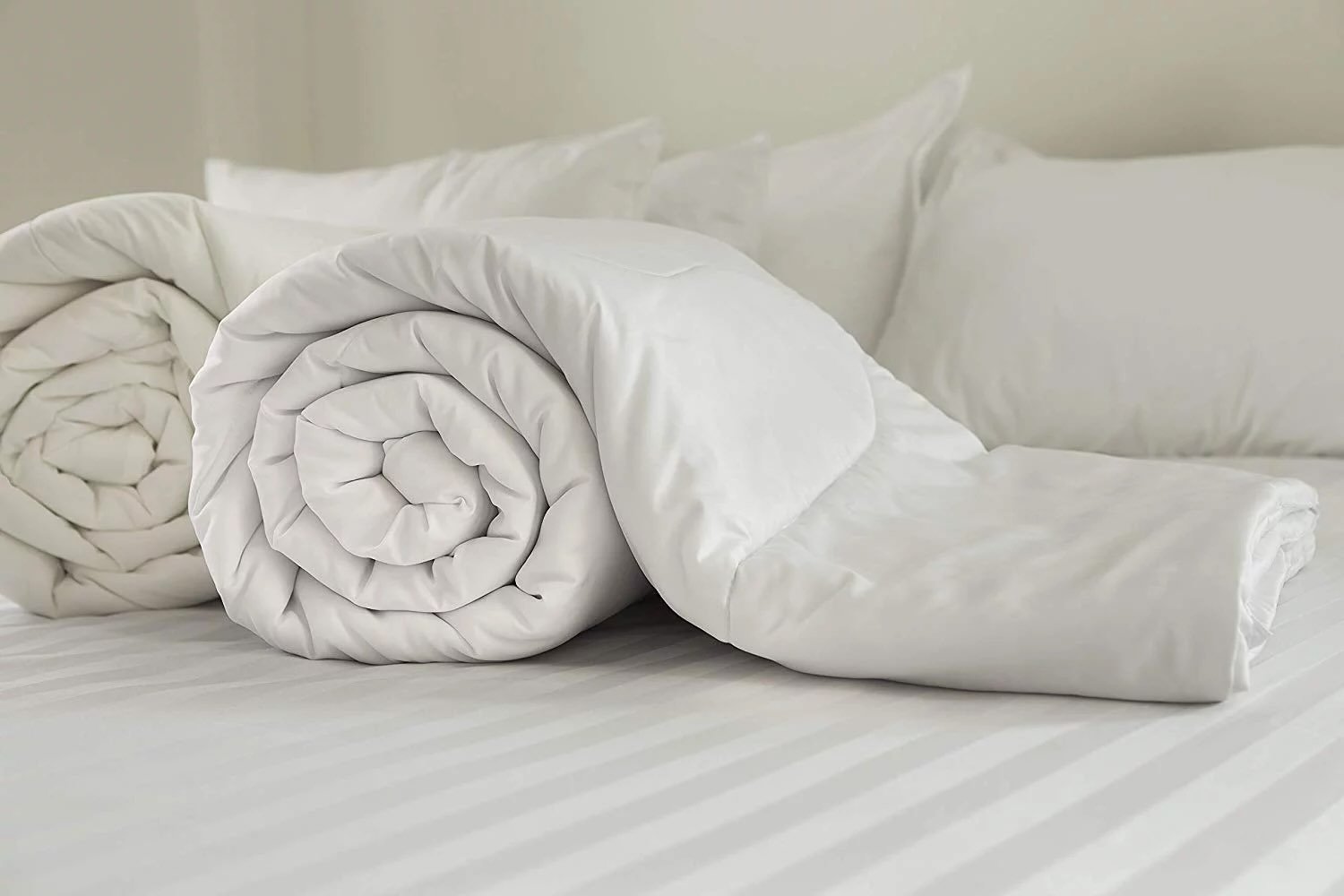
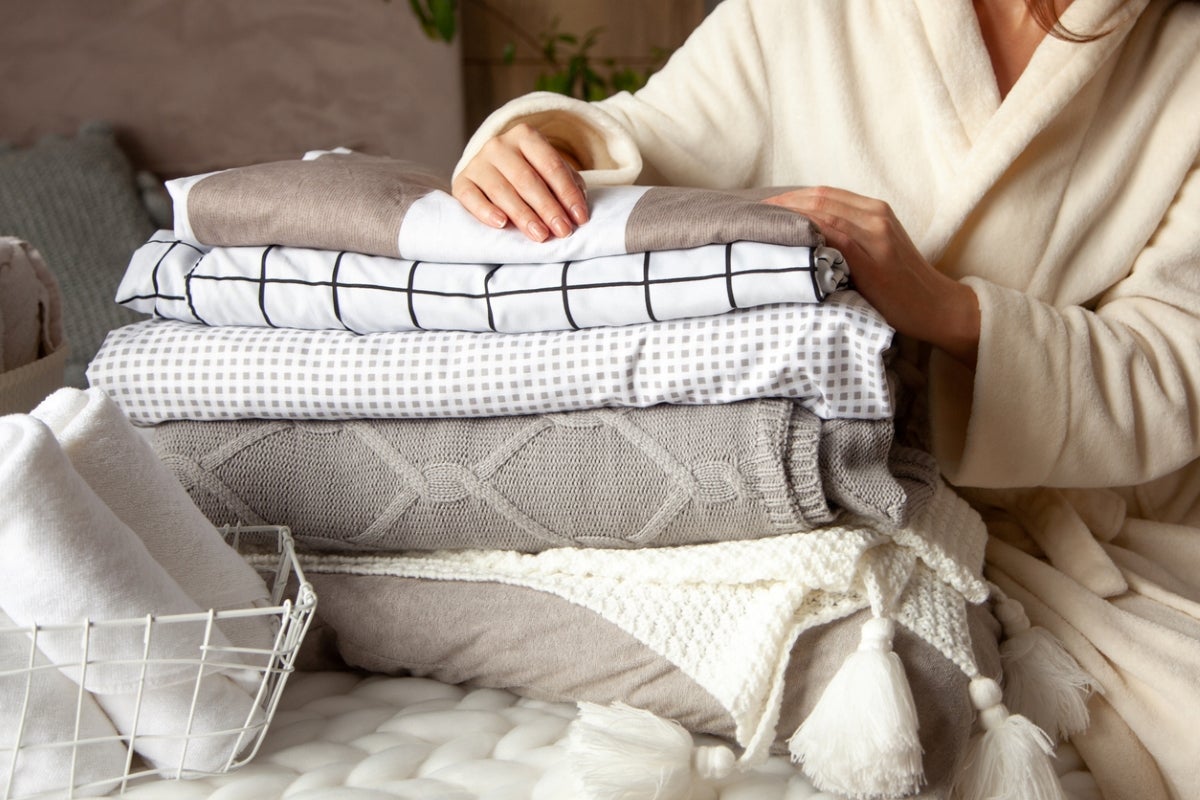
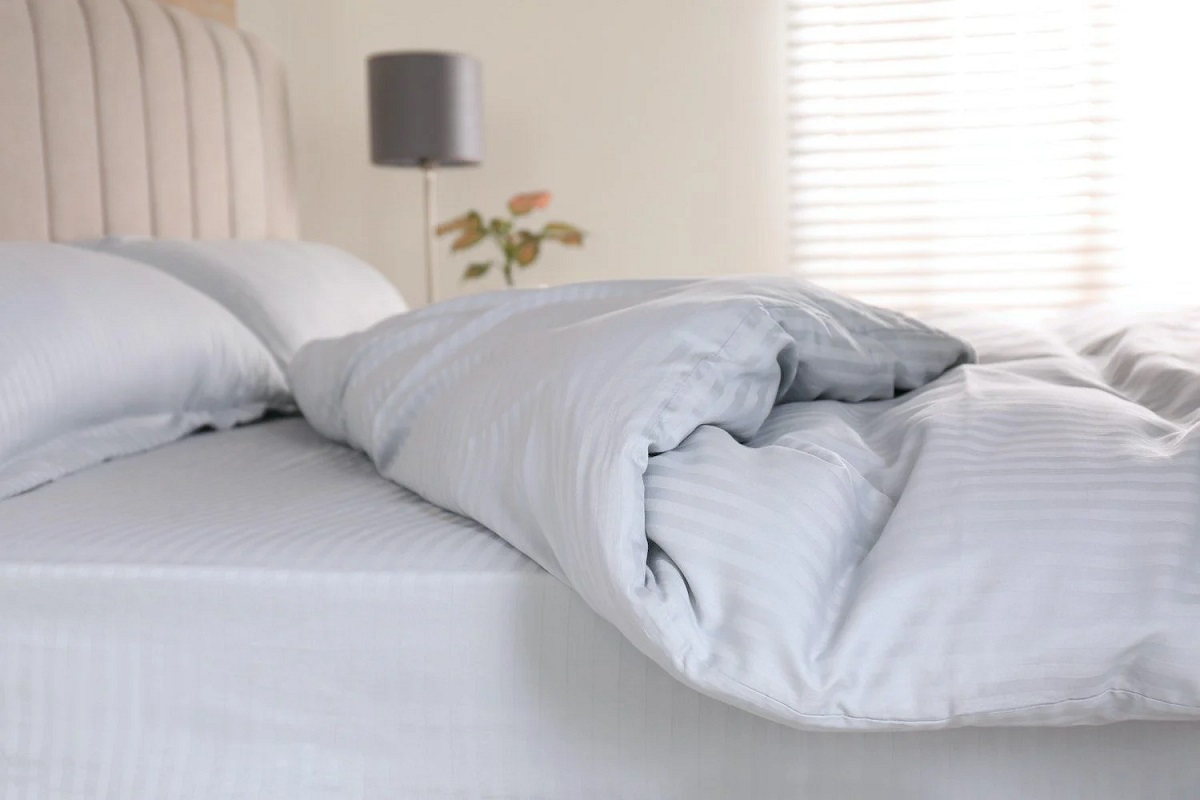
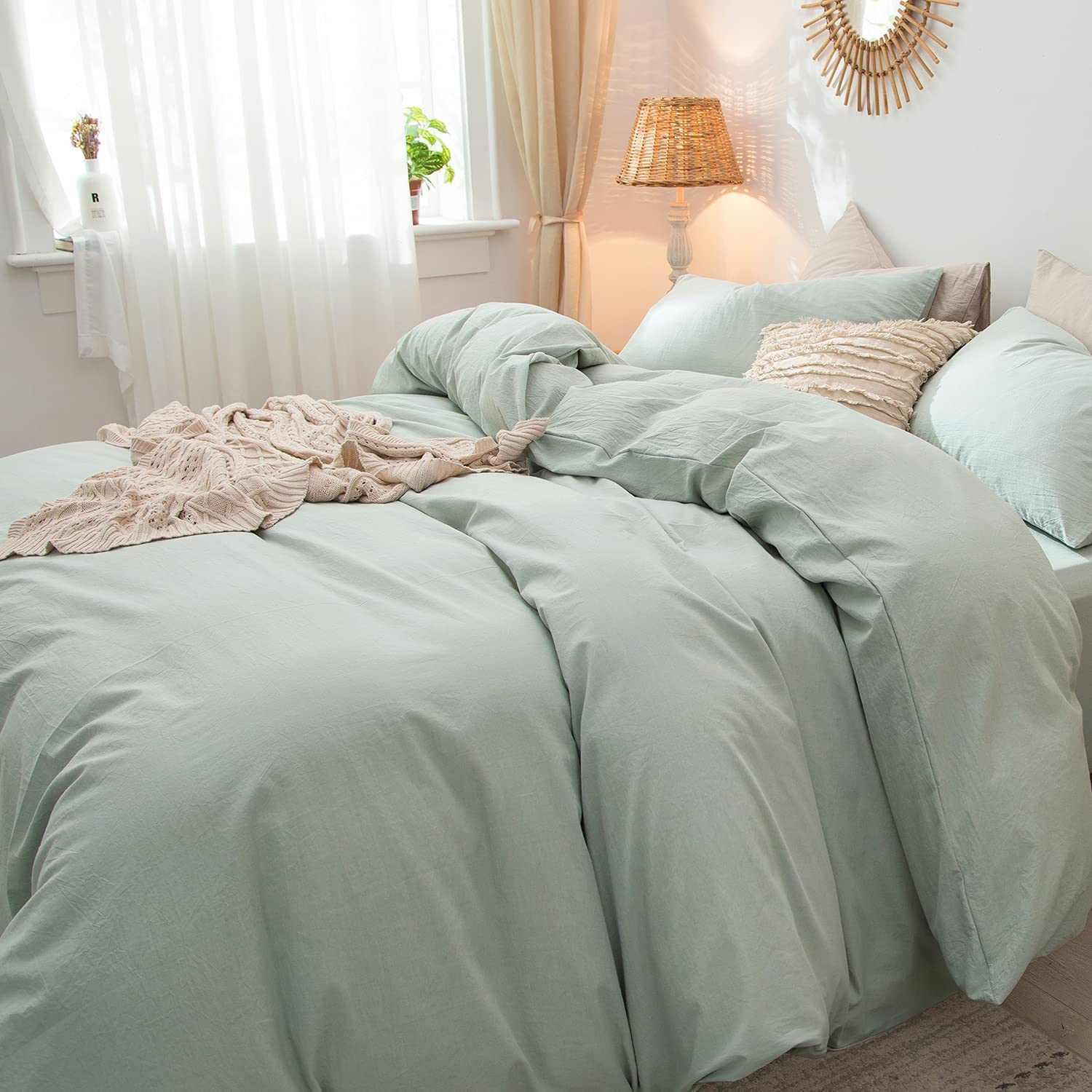
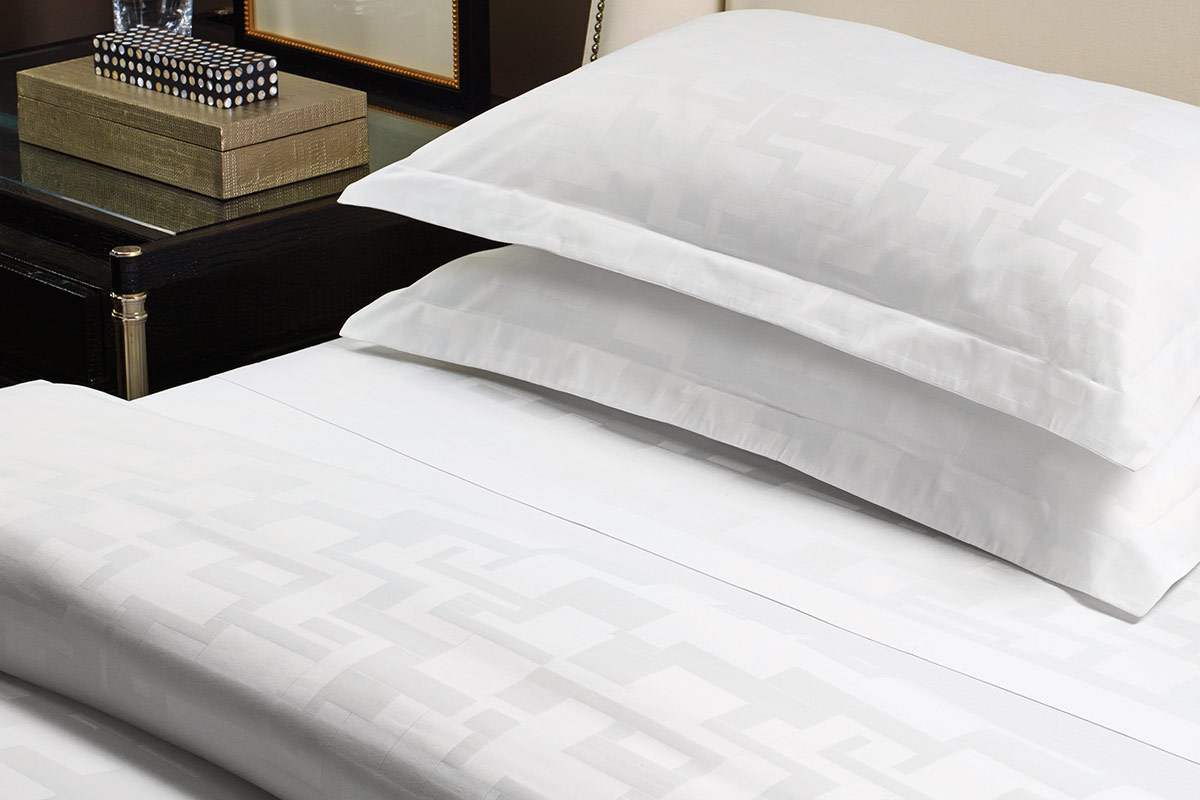
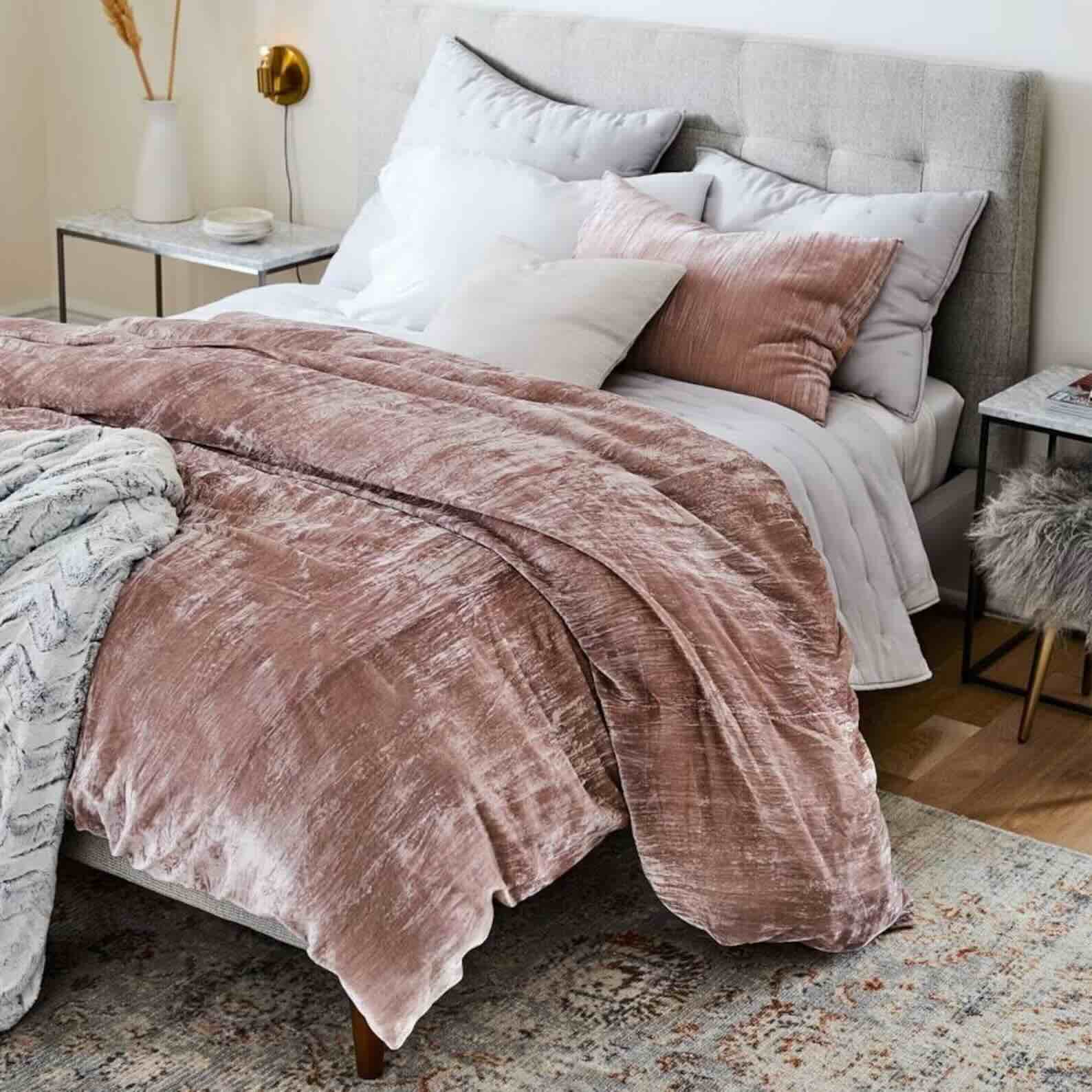
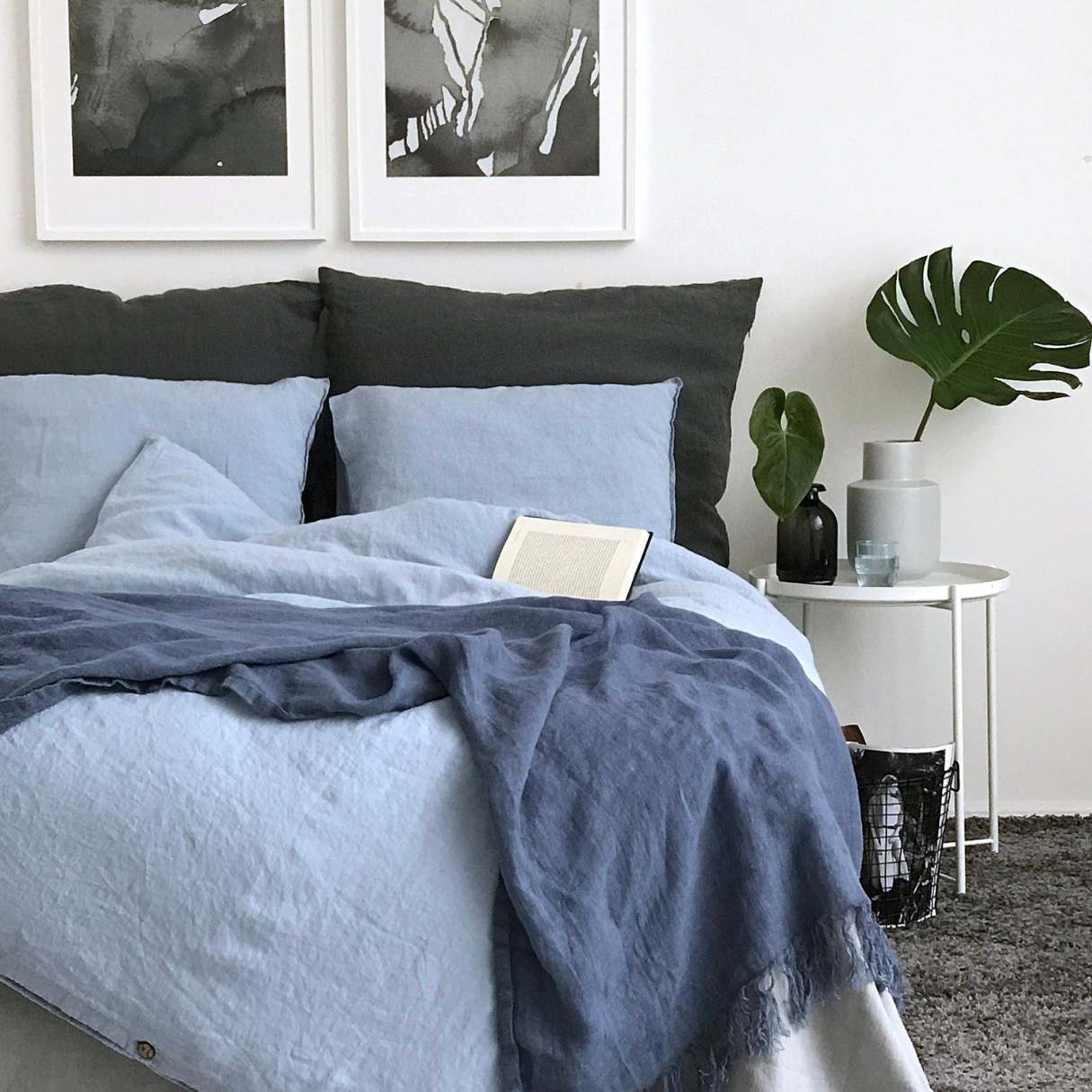
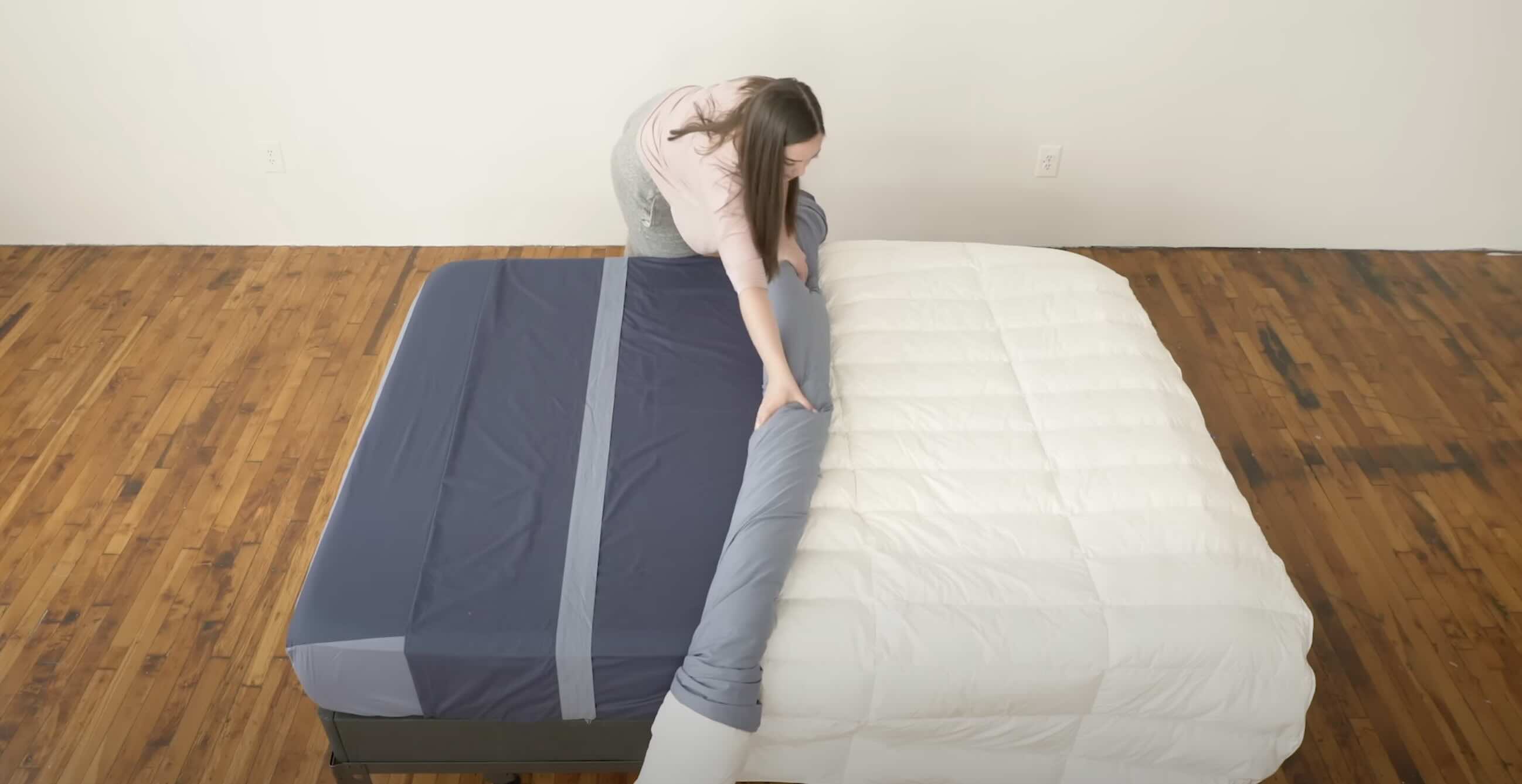

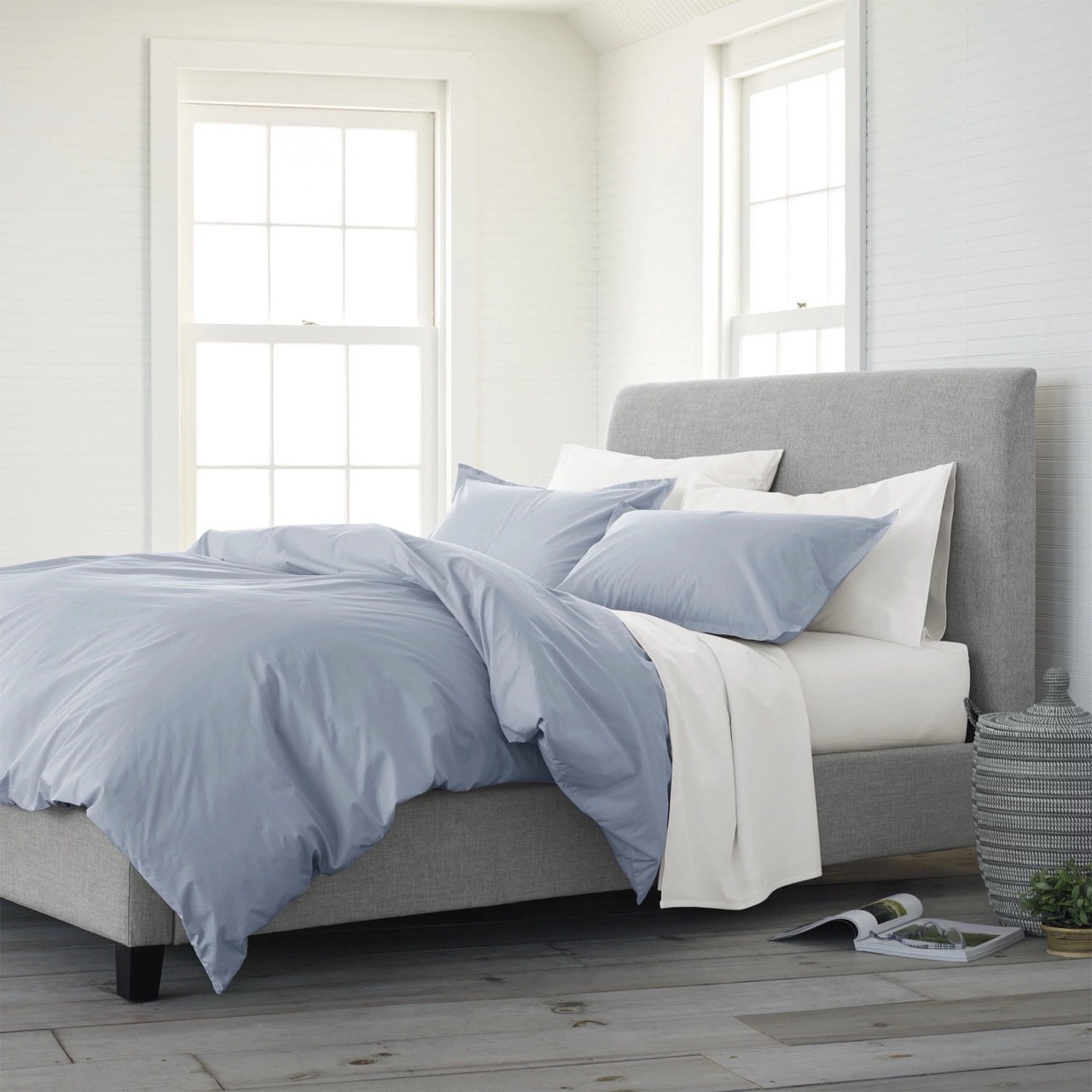

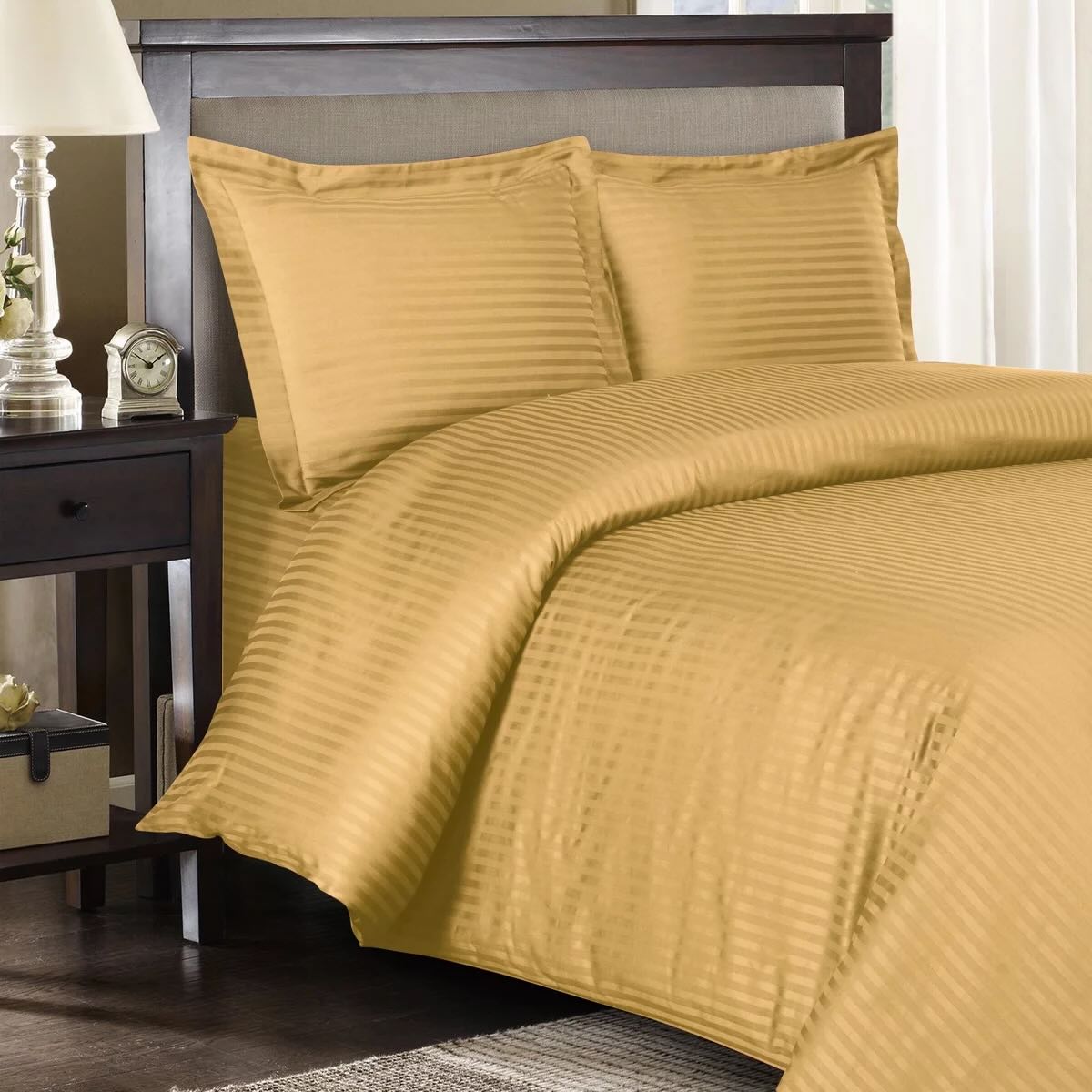
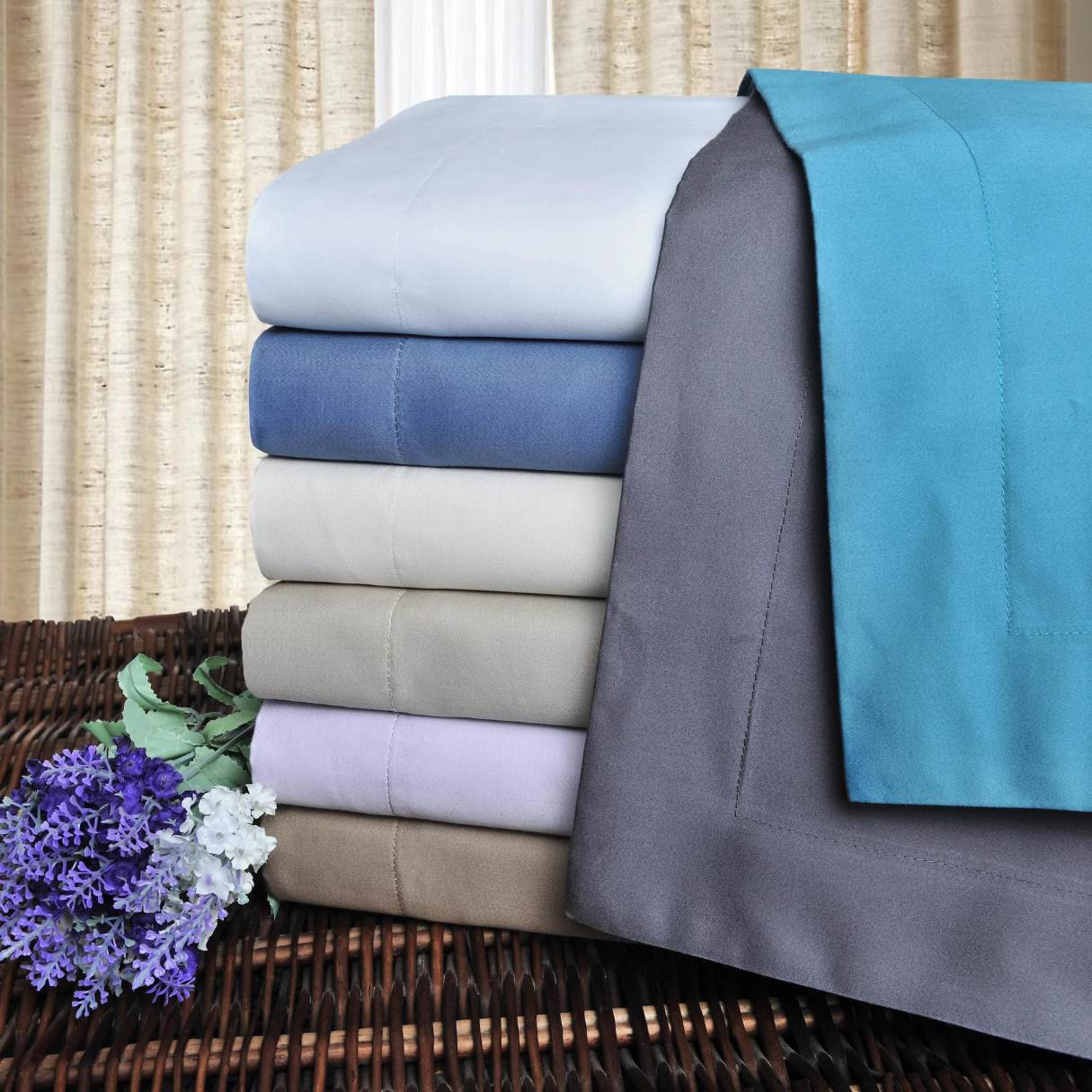

0 thoughts on “What Are The Ties Inside A Duvet Cover For”